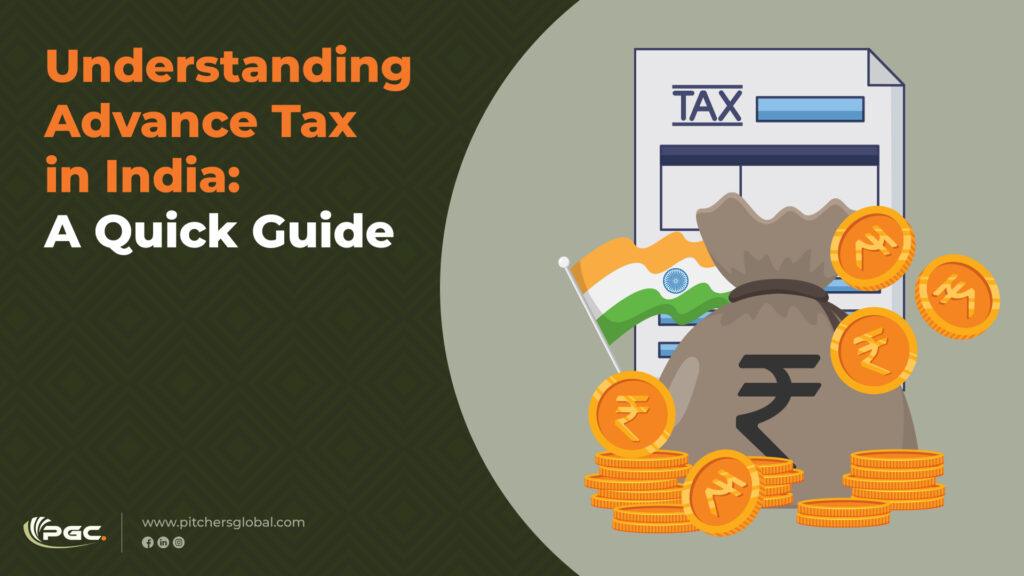As we approach the due date for the first installment of advance taxes for FY 2024-25, it’s essential for taxpayers in India, particularly those with significant business or professional income, to grasp the basics of advance tax. Since income tax is a significant revenue source for the government, timely and accurate tax collection is crucial for the economy.
This blog provides a concise overview of advance tax in India, including its definition, applicability, and payment process.
What is Advance Tax?

Advance tax, or “Pay as you earn” tax, is the income tax paid during the financial year in which the income is earned. Unlike the traditional method of paying income tax in the assessment year, advance tax requires payment in the same year the income is earned.
Taxpayers must estimate their income and tax liability for the year. If the estimated tax liability is ₹10,000 or more, this tax must be paid according to Section 207 of the Income Tax Act 1961. However, resident senior citizens without business or professional income are exempt from this requirement.
When Does Advance Tax Liability Arise?

Advance tax liability arises when the estimated tax amount is ₹10,000 or more. This rule applies regardless of whether the taxpayer is under the new or old tax regime. Deductions for TDS, TCS, MAT/AMT credits, foreign tax credit relief, and credits under Section 89 should be considered when determining the advance tax liability.
Health and education Cess and surcharges must also be included. Taxpayers using the presumptive taxation scheme under Sections 44AD and 44ADA must pay the full amount by March 15th or March 31st.
Due Dates for Payment

- Up to June 15th: 15% of the tax
- Up to September 15th: 45% of the tax.
- Up to December 15th: 75% of the tax.
- Up to March 15th: 100% of the tax.
Interest for Non/Short Payment
Section 234B
Interest is charged if:
- The taxpayer fails to pay.
- The advance tax paid is less than 90% of the total tax due
Section 234C
Interest is charged at 1% per month on the outstanding amount if the tax paid by June 15th and September 15th is less than 12% and 36% of the net tax dues, respectively.
How to Pay Tax in Advance

Follow these steps:
- Log in to the Income Tax E-filing website
- Select E-Pay Tax under the E-file option.
- Click (+new payment).
- Select the income tax box and proceed.
- Choose the correct assessment year and select Advance Tax (100), then continue.
- Enter the amount and click continue.
- Select the payment mode (Net Banking, RTGS/NEFT, or bank counter), choose the bank, and continue.
- Confirm the payment details and complete the payment. For physical payment, print the challan and pay at the bank.
By understanding and complying with advance tax requirements, we, Pitchers Global can help taxpayers can ensure timely and accurate payments, avoiding penalties and interest charges, and contributing positively to the nation’s economy.
